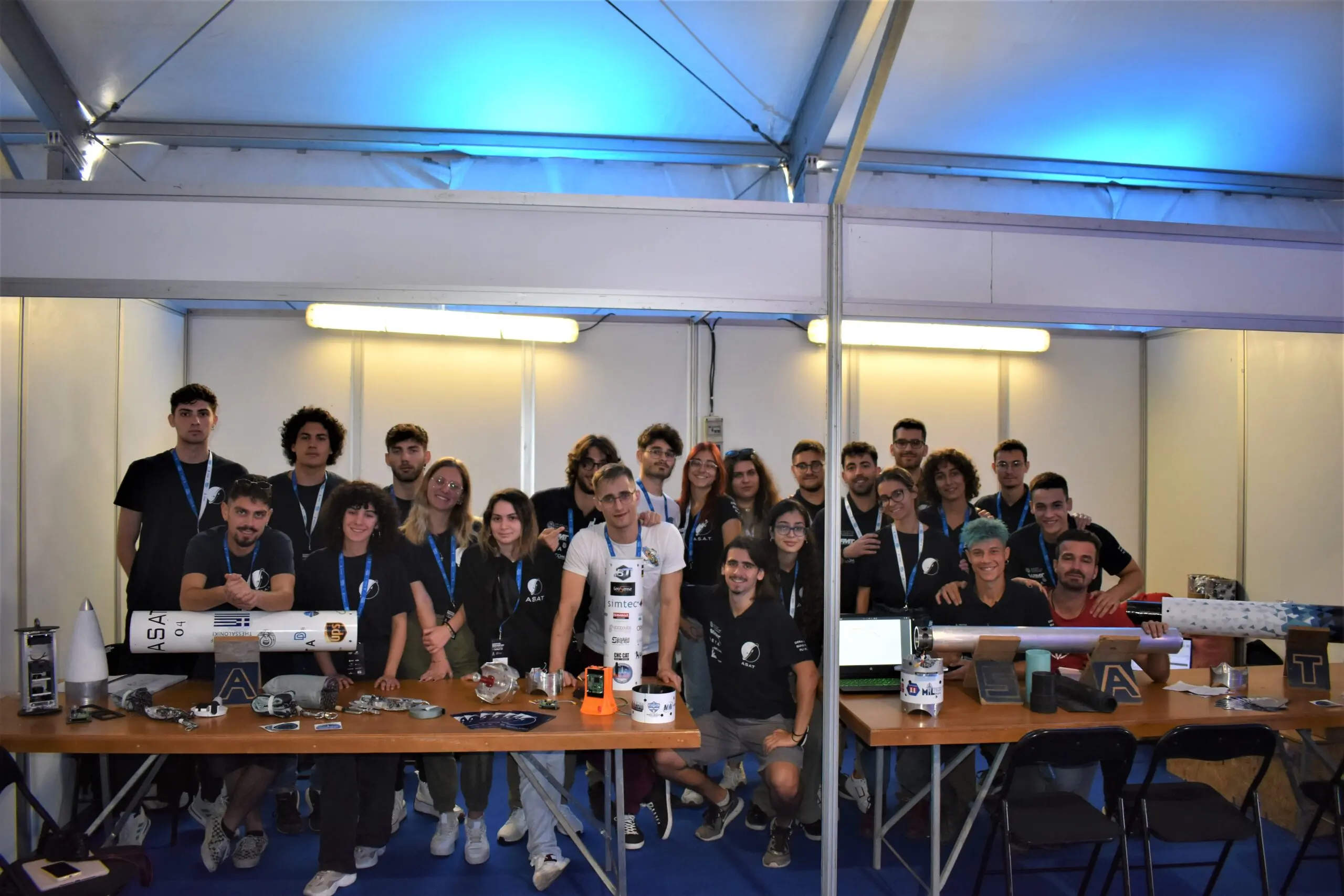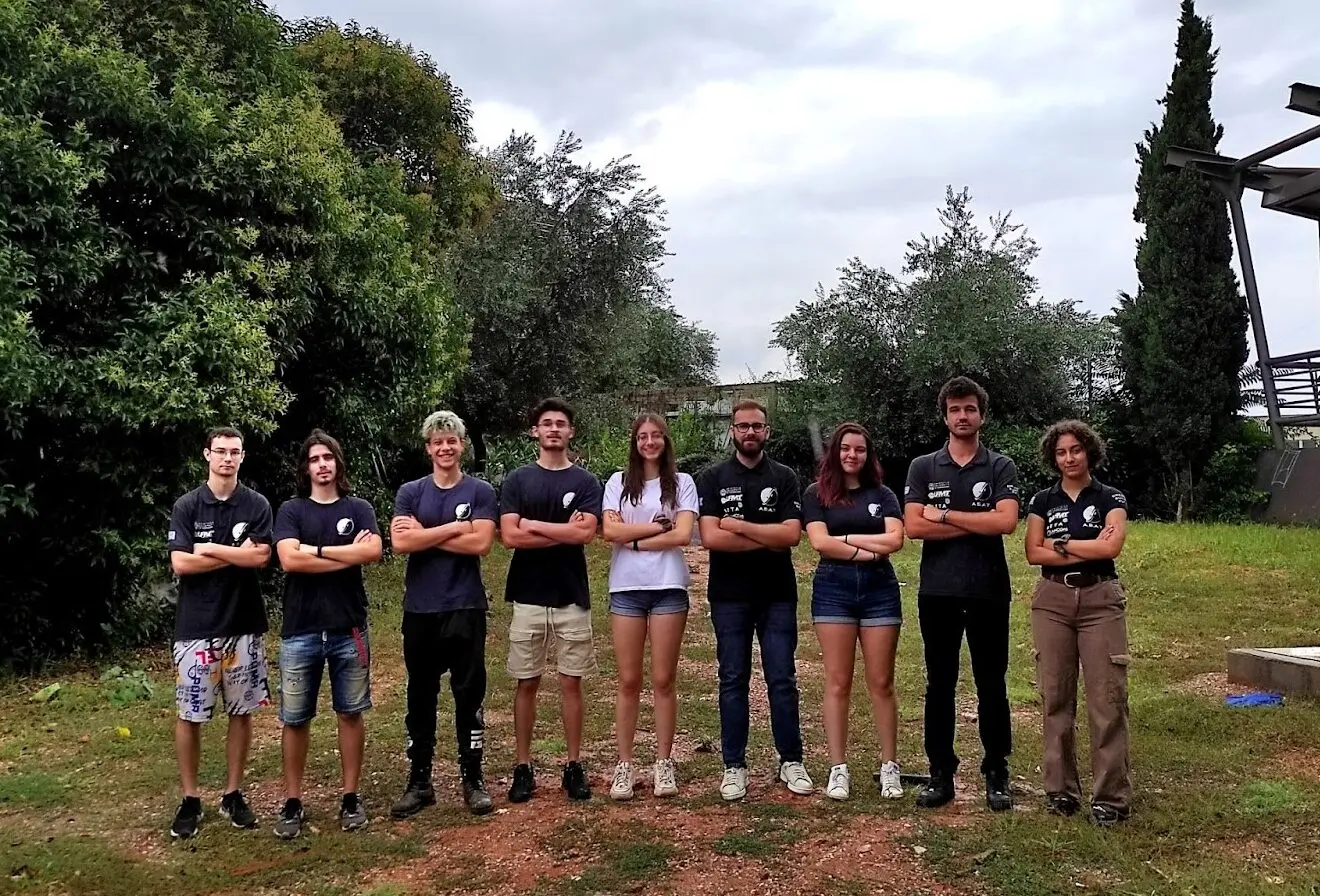The year 2021 is one of the most important ones for ASAT and the Rocketry Project, as the team had the opportunity to participate in two rocket competitions, the Spaceport America Cup 2021 Virtual in June and the European Rocketry Challenge (EuRoC) in October, where the rocket SELENE competed among others.
EuRoC was held on October 11-17 in Ponte de Sor, Portugal. The competition aims at motivating students to design and build their own rockets. In general, the competition, by providing the opportunity to launch rockets within European territories, has the goal to encourage participants to pursue careers related to science, technology, engineering in the field of rockets, while developing their technological skills.
The participation of ASAT’s Rocketry Project in the competition with the rocket SELENE, was of particular importance, as ASAT was the only Greek team among the 20 participants selected from all over Europe.
During the competition, the members of the Rocketry Project had the chance to discuss their ideas with other teams, as well as gain valuable feedback from the judges and the members of the Portuguese Space Agency. The team worked hard and organized for almost 12 months, paying attention to every detail of SELENE’s design and construction. The rocket is 2.41 meters long, weighs 19.5 kilograms and is designed to fly at an altitude of 3,180 meters, reaching almost the speed of sound.

The competition lasted for seven days, four of which were dedicated to rocket launches. During the first day the welcoming of the teams took place and the members were fully informed about the progress of the competition based on safety rules. The team arrived at the airport of Ponte de Sor, where the Paddock was located, the site for most of the competition activities, received its rocket boxes, set up its stand and immediately started working on setting up the rocket.

The next day, some members of the team went to the Military Camp Santa Margarida, where the launches took place, to perform some tests and check on the launch tools. At the same time, the rest of the team at the Paddock presented SELENE and the project poster to the judges and received positive feedback. However, the interaction with the other teams and the judges, led to the conclusion that some things had to be improved. Specifically, it was decided to make a change in the structural connection of some rocket’s parts with the rest of its body. The team decided that this change had to be made before the judges’ evaluations, and overnight the construction changes were carried out, as well as successful tests of the rocket’s recovery mechanisms.

Thus, came the day for the official Flight Readiness Review (FRR), in order to check whether the SELENE project complied with the global rocket regulations, as well as to identify possible problems that would be an obstacle for the launch. This test was performed by the judges of the competition, consisting of engineers from the Portuguese Space Agency and experts in the field of rocketry.
SELENE successfully passed the FRR, with all the Nominal criteria, getting both the approval for the launch, as well as several positive comments for its design and construction. The rail fit test then took place, where, under the supervision of the judges, the SELENE was placed on the rail of the competition and came to a vertical position, just as it would during the launch.

On Friday, October 15, the team arrived at the Military Camp Santa Margarida to launch during the third and final Launch Window of the day as scheduled. Following the procedures and instructions of the competition, the subsystems’ members prepared the final assembly of the rocket with the electronics and payload installed, and then proceeded to the designated space for pyrotechnics management, where they received the materials for the recovery mechanisms and the engine fuel, which were quickly but at the same time carefully prepared to be placed on the rocket.
However, due to some delays in the previous launches, it was decided that the team should not launch that day, as the final procedures would have to be done under extreme time pressure, so the team postponed its launch for the first Launch Window of the next day.
Eventually, the next day, Saturday, October 16, the team set off for the launch site, with enthusiasm and determination, ready to accomplish its coveted goal. Everything went smoothly, with excellent organization and attention to detail. The final assembly of SELENE was completed, with the engine and the pyrotechnics on the rocket, and after successfully passing the Launch Readiness Review (LRR), the rocket got the approval to move and mount on the rail.
At 11:00 SELENE was ready on the rail, at 11:45 the person in charge gave the order to launch, and within seconds SELENE was flying! With the engine starting successfully, the SELENE was launched at the right speed to have a very steady and vertical course that impressed.
However, the rocket was not recovered as planned, leading to an abnormal landing. The prizes were awarded on the last day of the competition and the members had the opportunity to discuss about their rockets’ flights with other teams. The participation in the competition ended with a joyful atmosphere and discussions between teams and judges, giving an appointment for next year with EuRoC 2022!


The team is more than proud, since it managed to prove its abilities, to confirm the operation of the systems it designed and to gain both new knowledge and a unique experience, which will be a reference point for future plans and projects.
Keeping in mind this journey and the participation in EuRoC 2021 as food for thought, our team is already preparing its next project, the Andromeda rocket, and promises to return next year with an even more impressive launch.
If you want to learn new things, collaborate, work for a common goal and see your work take off, you just have to join us and become one of us!





